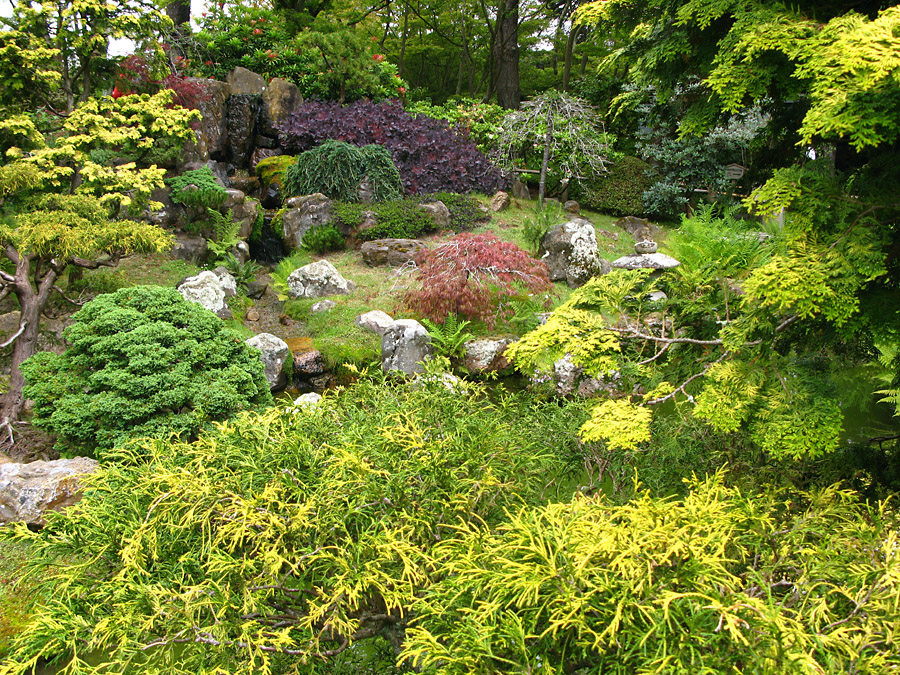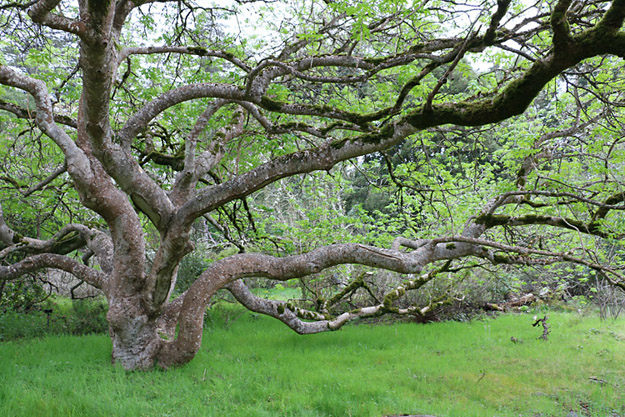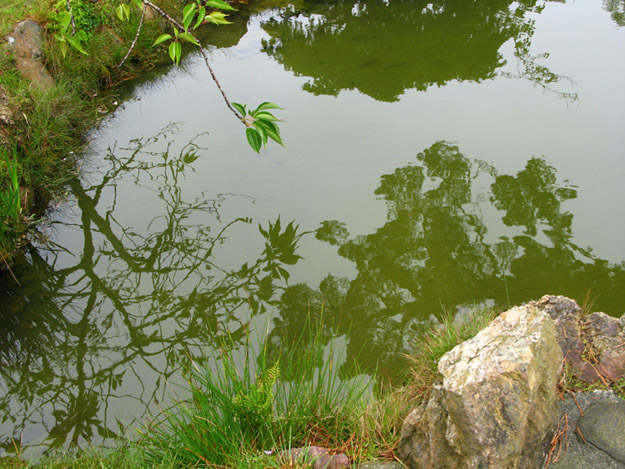I grew up in Detroit. My surroundings included concrete sidewalks, telephone poles, railroad tracks, asphalt freeways, brick homes and factories. Trees and parks were nearby but seldom noticed.
On a road trip with three college friends, I learned a new language. We travelled from East Lansing, Michigan, to Goshen, Indiana, home to a large Amish community. As we neared our destination, we shared a 2-lane road with a couple of horse-drawn carriages. Slowed down to Amish time, 15 mph, we took in the sights. One of us suggested an activity: name the different shades of green we saw along the way.
I did not possess a vocabulary to describe nature. ‘Shades of green’ was an all-encompassing adjective. Green was the word I used to describe Midwest gardens, fields, forests and farmlands.
We pulled over and wandered through the lush landscape. My friend pointed out maple, oak, spruce, apple, and pine trees waving in a gentle breeze. Each tree came into focus when described. I observed a rich mosaic of grasses, shrubs, and trees. A riot of colors and underlying geometries gleamed in the filtered sunlight. With some guidance, my awareness grew to associate the colors jade, teal, pear, basil, laurel, emerald, moss, pine, shamrock, and sage with flora in the surrounding landscape.
Making sense of nature requires being present. We often look without seeing. This awareness provides an opportunity to give ourselves to something bigger than ourselves. It’s a spilling open to beauty, to all that is alive around us.



